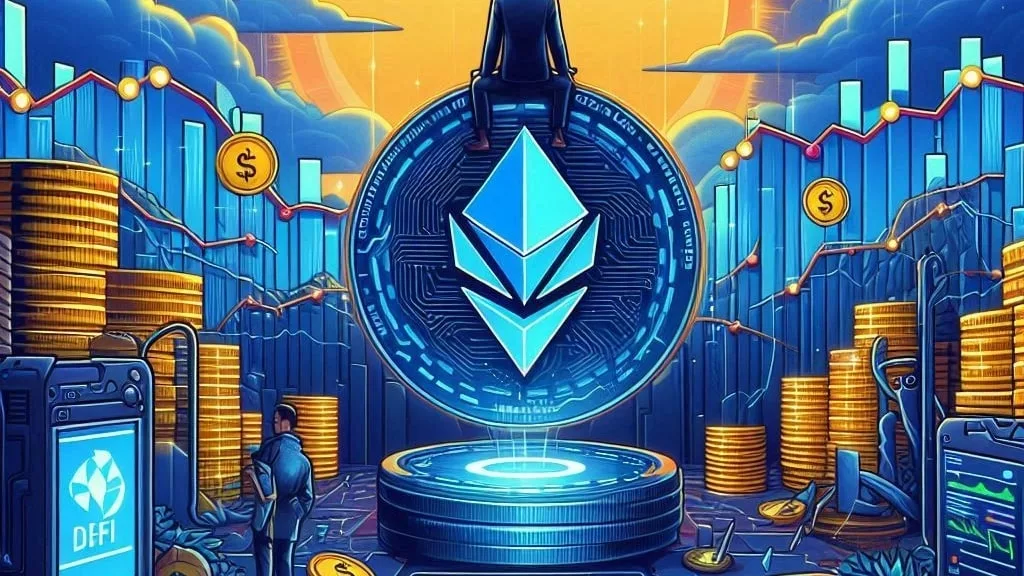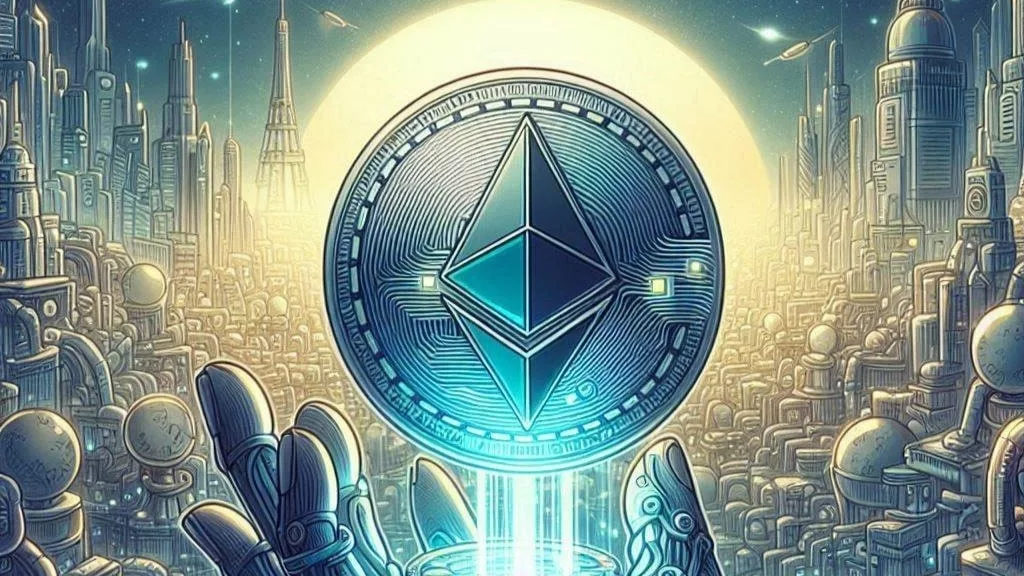
Solana validators are witnessing a profound shift in their revenue landscape, largely driven by the explosive growth of decentralized finance (DeFi). This transformation highlights a notable departure from the previous revenue structure, underscoring the increasing role of DeFi in the blockchain ecosystem.
Data from Tom Wan, shared via a Dune Analytics dashboard, reveals a striking change in how Solana validators earn their income.
Early 2024: At the beginning of the year, Solana validators relied almost exclusively on issuance for their revenue, which made up a staggering 95% of their total income. Minor Extractable Value (MEV) and transaction fees were relatively minor contributors, accounting for just 1.9% and 3.1%, respectively.
Mid-2024: By July, the revenue dynamics had undergone a dramatic shift. Issuance’s share had decreased to 78.2%, while MEV revenue saw a substantial increase to 15.3%. Transaction fees also rose to 6.5%. This transformation is attributed to the surge in DeFi activity, which has driven increased transaction volumes and created more opportunities for MEV.
Further analysis sheds light on how Solana’s performance correlates with major cryptocurrencies like Bitcoin (BTC) and Ethereum (ETH).
Solana and Bitcoin: The 30-day rolling correlation of returns between Solana (SOL) and Bitcoin (BTC) has shown significant fluctuations. There have been periods of negative correlation, notably around April 2021 and from late 2023 to early 2024. This suggests that Solana’s price movements do not always mirror those of Bitcoin, reflecting broader market sentiment shifts.
Solana and Ethereum: In contrast, Solana’s correlation with Ethereum has been more stable. While there have been occasional deviations, Solana’s price movements often align with Ethereum’s, indicating a more consistent relationship between the two assets.
An investment simulation comparing performance from April 2023 to July 2024 highlights Solana’s impressive returns. Early in 2024, Solana’s returns surged to over 1,500%, far surpassing Bitcoin and Ethereum, which peaked at around 200%.
Performance Comparison: Despite some volatility, Solana has outperformed other major cryptocurrencies. Binance Coin (BNB) and Cardano (ADA) have shown more modest returns of around 100%, while Solana’s substantial gains underscore its strong market position.
While Solana has achieved notable success, TradingView analyst Alan Santana has issued a cautious forecast. Santana predicts a potential decline, with Solana’s price possibly dropping to $55. He points out that the lack of significant support at this level could exacerbate the downturn, drawing parallels with recent trends observed in Ethereum’s performance.
The rise in DeFi activity has dramatically reshaped Solana’s revenue structure, emphasizing the importance of MEV and transaction fees. This shift reflects the broader changes in the blockchain space as DeFi continues to gain momentum.
Solana’s ability to adapt to these changes will be crucial in maintaining its competitive edge. As the DeFi sector evolves, Solana’s future performance will depend on its capacity to navigate these shifts and leverage its growing role in the DeFi ecosystem.
The year 2024 has marked a significant turning point for Solana validators, with DeFi driving a fundamental change in revenue sources. The evolving correlation between Solana and major cryptocurrencies, coupled with impressive investment returns, highlights the dynamic nature of the blockchain market. However, potential challenges, as indicated by recent forecasts, underscore the need for caution as Solana continues to evolve in this rapidly changing environment.



Get the latest Crypto & Blockchain News in your inbox.